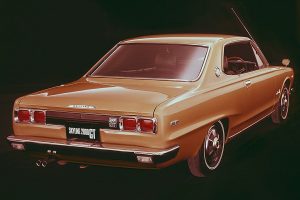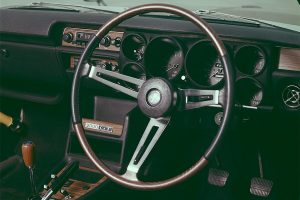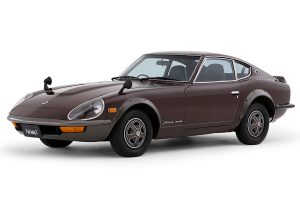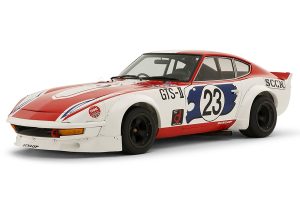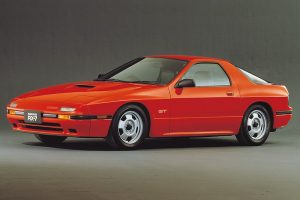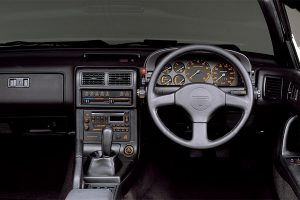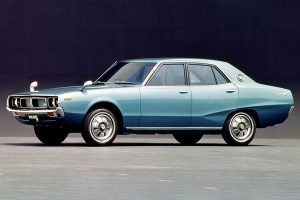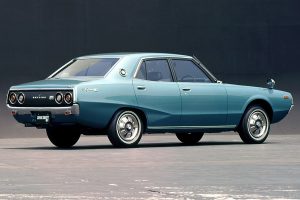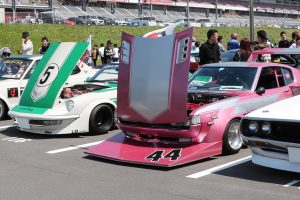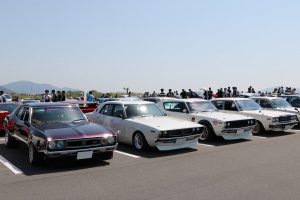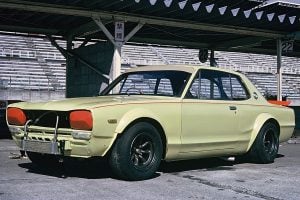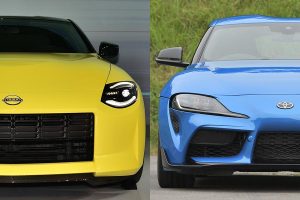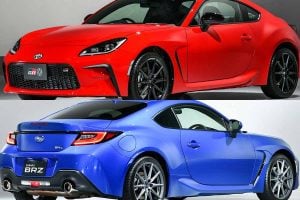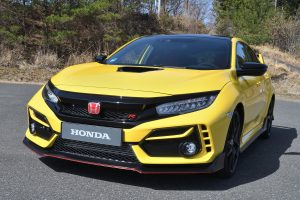Have you heard of “Shakotan Boogie”? Shakotan Boogie is a manga by Michiharu Kusunoki, who is also the author of “Wangan Midnight”, depicting the adventures of two friends getting in trouble with the police, picking up girls, and racing on streets. In this article, we will introduce 5 cars that have appeared in the manga.
The world of deliquent youths, “Yankī”
“Shakotan Boogie”, which started in 1986, is set in Kochi Prefecture, the hometown of its creator Michiharu Kusunoki. The manga depicts romantic comedies, incidents involving boys, and racing on public roads.
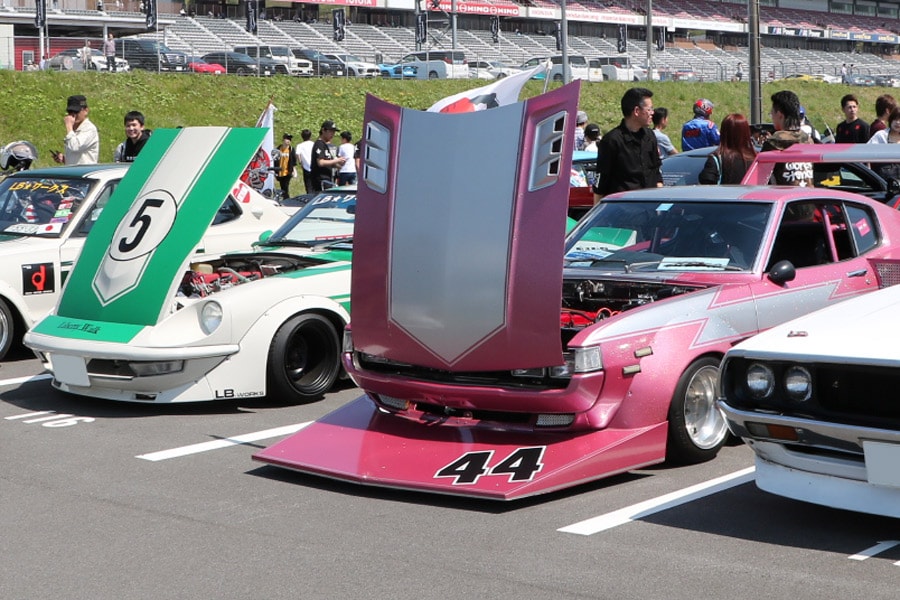
The series featured various car mods that were quite obsolete at that time, such as “shakotan” (extremely lowered custom style), or “entotsu” (exhaust pipes that stick out higher than the car itself), which made readers nostalgic for their youth. Cars that resembled some actual famous racing liveries in the Showa era also appeared, making the manga itself popular for recalling the old days for readers.
On the other hand, the manga has also become popular with car enthusiasts, such as the appearance of Nissan’s racing engine, the LY28, in the story.
Here are five cars that the characters in “Shakotan Boogie” drove, a manga that depicts delinquents in the countryside of the Showa era.
Hajime Yamamoto’s Toyota Soarer
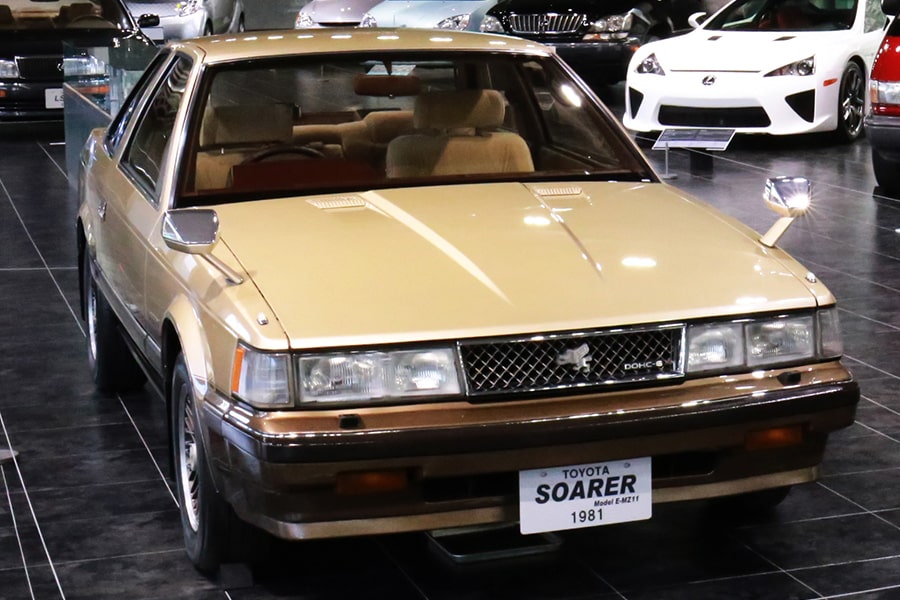
The main characters of Shakotan Boogie are Hajime, a high school student who is repeating his time as a second-grader, and Koji, who respects Hajime as “senpai”.
Hajime, or also known as “Hajime-chan”, drives a Toyota Soarer which his parents bought. His Soarer had its ride height extremely low, having exhaust pipes soaring up to the sky, and also some flashy body kits. Hajime and Koji try to pick up girls in his Soarer, but they fail very often.
Since the car is described as a “3-number” car (classif. ‘3’ stands for passenger car larger than 2000 cc for its engine, or having a bigger body size than the classif. ‘5’ compact cars), we can assume that Hajime’s Soarer is a 2800GT model, which was the most popular model for youngsters at that time.
The Soarer 2800GT, which was introduced in 1981, came with a 5M-GEU 2.8-liter Inline-6 DOHC engine. Not only was it the fastest grand tourer in Japan at the time, but it was also a high-tech machine equipped with digital meters, automatic air conditioning, and a drive computer.
It was undoubtedly the best car in Japan, and immediately after its release, the car gained popularity not only from young people but also from car enthusiasts of all ages.
The Soarer which appeared in the manga had a “gurachan” style, a style derived from racing cars that competed in the Fuji Grand Champion Series, having two-tone colors and numbers painted on the hood and doors.
Hajime’s Soarer had some polka dots on its body, and about the time Shakotan Boogie was running, people actually reenacted Hajime’s style on actual Soarers, since used Soarers at that time was affordable.
Junichi Nomura’s Nissan Skyline ‘Hakosuka’
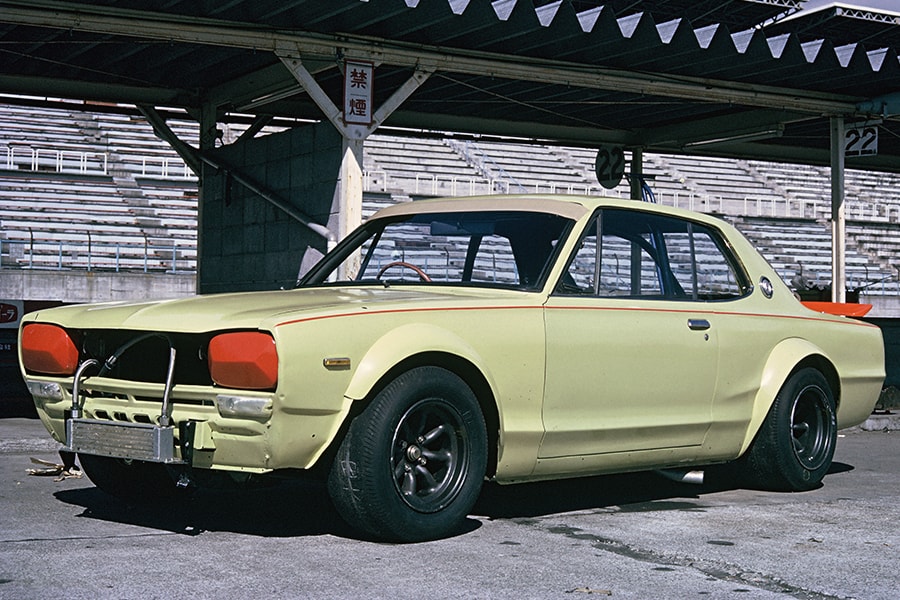
Junichi, or “Jun-chan”, is a mechanic whose family owns a maintenance shop. Jun-chan is recognized as a “big brother” to the local kids.
He never charges his friend for any mods done by himself and is portrayed as a hero of the town who knows about cars, good at driving, and strong in fights.
In the Japanese Showa era (1926-1989), there must have been at least one dependable older brother like him in any countryside.
Jun-chan owns a third-generation Nissan Skyline, which was launched in 1968. The model debuted shortly after the merger between Prince Motors and Nissan.
While having an orthodox sedan style, the car also had a long nose to house the 2-liter Inline-6 engine, which gave an elongated styling. It was also nicknamed “Hakosuka” because of its overall square style.
In 1969, the first generation “Skyline GT-R” was also introduced based on that model, equipped with a 2-liter Inline-6 4-valve DOHC engine.
Jun-chan’s Hakosuka is a Skyline 2000GT, having its engine swapped to a bored-out L28 3.0-liter engine. The car is said to be the fastest at the “Yokonami Skyline”, a road in Kochi Prefecture.
Removed front bumper to house an engine oil cooler and covers on headlights were features that Jun-chan’s Hakosuka had, which originates from the “gurachan” style.
Akira Shimizu’s Fairlady Z

Akira, or Akira-kun, is a dump truck driver who’s one year older than Hajime. He is obsessed with his Nissan Fairlady Z (or Datsun 240Z for other countries) and spends most of his income on his car mods.
He is portrayed as a guy who quickly loses his temper but is also kind to his friends. His car is characterized by the “Yanky Mate” logo on the hood and doors.
The first-generation Nissan Fairlady Z, which was launched in 1969, was especially popular as the “Z car” in the North American market as well as in Japan because of its “long nose, short deck” design and the attractive six-cylinder engine housed under the long nose.
Only three types of engines were available for the Japanese market, a 2.0-liter Inline-6 SOHC, 2.4-liter Inline-6 SOHC, and the 2.0-liter Inline-6 DOHC same with the Skyline GT-R. However, in the United States, models with 2.6-liter and 2.8-liter engines were also available.
Akira’s Z has the same bumper as the 240ZG (nicknamed the ‘G-nose’) with wide fender flares. The engine has undergone some boring to make the stock L28 engine a 3.0-liter engine.
Other modifications include high lift camshafts, big-valve intake, cylinder head porting, and triple Weber carburetors. These were some quite common engine tuning menus for cars at that time.
In the story, there’s a scene that Akira gets his alloy wheels stolen from his Z, and discovers that his wheels are being sold at an used parts store. This is considered as a warning from the creator since thefts of auto parts were increasing around that time.
Mayumi’s Mazda RX-7
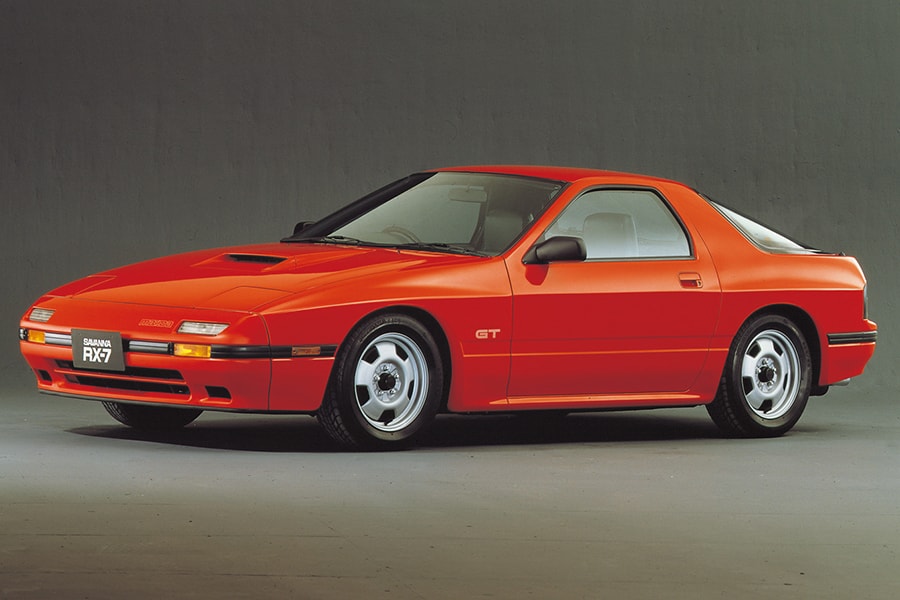
One day, Jun-chan’s Hakosuka, which was said to be invincible among the locals, was easily overtaken on a touge. The opponent was a beautiful woman named “Seven no Mayumi (Mayumi of the RX-7)”.
In fact, she’s an owner of a snack bar (Japanese traditional hostess club), and a driver who was once known as “Rotary Coupe no Mayumi (Mayumi of the Rotary Coupe)”.
Mayumi’s RX-7 is a second-generation model which was introduced in 1985 with a 13B 2-rotor turbocharged engine.
The model was the first Japanese car to use a 4-piston brake caliper for the front brakes. With its powerful acceleration and excellent agility made possible by its turbo engine, the car became popular worldwide immediately after its launch.
Mayumi’s RX-7 had a two-tone white and red paint job. The car’s retractable headlights were later changed to a fixed type which was popular customization for RX-7s at that time.
Michiaki Okada’s Nissan Skyline ‘Yonmeri’
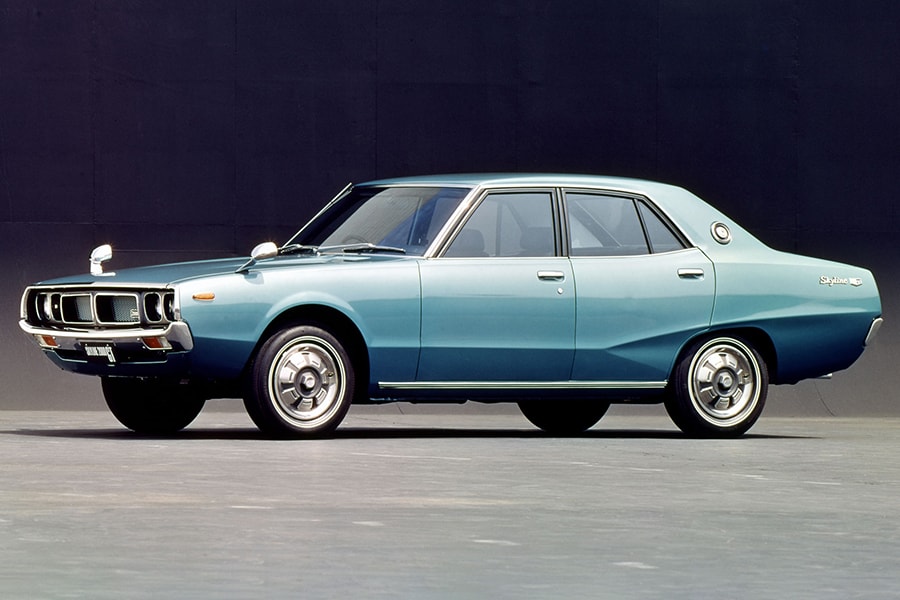
Hajime’s classmate from junior high, Michiaki, is a typical youngster from the Showa era. He totaled his Nissan Cedric which he bought on a loan and works part-time jobs to pay off. He then also gets involved in a Ponzi scheme, which was a big problem at that time, and failed.
Michiaki drives a 4-door version of the Nissan Skyline launched in 1972. The 2-door version was nicknamed “Kenmeri”, because of the advertisement featuring two characters, Ken and Mary. The 4-door version was called “Yonmeri” (yon, meaning ‘four’ in Japanese).
Michiaki’s Skyline also had a two-tone scheme divided by the car’s surf lines and a rear wing that looked like a mere board. These styles were also common in the 1970s Gurachan style.
※ ※ ※
Shakotan Boogie depicts the daily lives of delinquents in 1980s Japan, so even if you are not a car enthusiast, there’s still something that you could enjoy.
If you haven’t read it yet, why don’t you give it a look?




